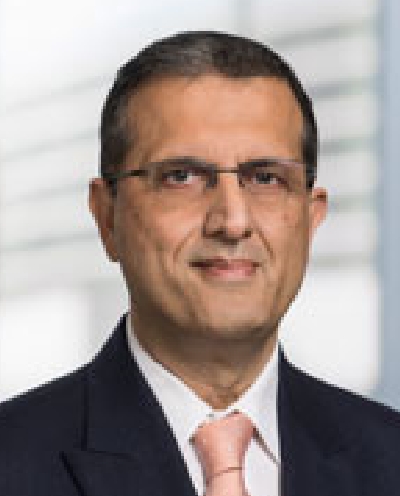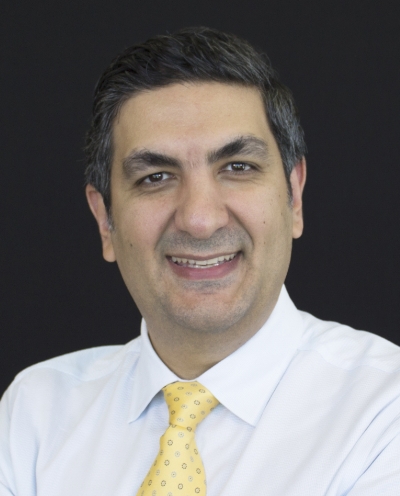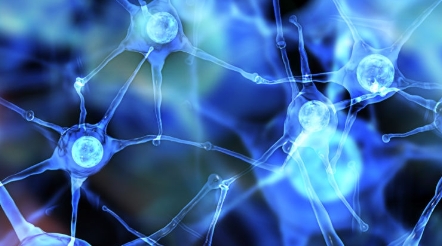
President’s letter
2022 Metrics
Cycle of Translation
Visionary Gifts

Discovery to Clinic

Innovative Education

Translational Luminaries
COVID-19 Studies
Outcomes Research
Restorative Medicine
Houston Methodist and Rice University Launch Center for Translational Neural Prosthetics and Interfaces
Non-invasive Spinal Stimulation Enables Paralyzed People to Stand Unassisted
Dissolvable Implants Enhance the Body’s Ability to Heal Broken Bones
Cell Encapsulation May Hold the Key to Preventing Cell Transplant Rejection
Revolutionizing the Future of Complex Valve Disease Management
Precision Medicine
CPRIT Funding to Drive New Discoveries in Cancer Therapeutics
Siemens Healthineers and Houston Methodist Imaging Innovation Hub Empowers Researchers to Push the Boundaries
Novel Monoclonal Antibody Treatment Halts Tumor Growth in Deadly Ovarian and Pancreatic Cancers
Houston Methodist Institute for Technology, Innovation & Education (MITIESM)
Can Devices Provide A New Treatment Option for Glioblastoma?
Houston Methodist Hospital’s new Paula and Joseph C. “Rusty” Walter III Tower offers the Most advanced treatments and innovations available
Neuroimaging Offers New Insights into Neurodegeneration
result



Science in Service
of
Medicineresult
President's letter
2020 Metrics
Cycle of Translation
Visionary Gifts of Hope


Introduction

The Ann Kimbell and John W. Johnson Center for Cellular Therapeutics

The Fondren Food & Health Alliance and The Fondren Inflammation Center

Cockrell Center for Advanced Therapeutics

Paula and Joseph C. “Rusty” Walter III Translational Research Initiative

Jerold B. Katz Academy of Translational Research

From Discovery to Clinic


Introduction

Restorative Medicine


Houston Methodist and Rice University Launch Center for Translational Neural Prosthetics and Interfaces

Non-invasive Spinal Stimulation Enables Paralyzed People to Stand Unassisted

Dissolvable Implants Enhance the Body’s Ability to Heal Broken Bones

Cell Encapsulation May Hold the Key to Preventing Cell Transplant Rejection

Revolutionizing the Future of Complex Valve Disease Management

Precision Medicine


CPRIT Funding to Drive New Discoveries in Cancer Therapeutics


An Innovative New Tool to Enable Drug Discovery and Personalized Medicine


Devising a Novel Combination Treatment for Aggressive Double-hit Lymphoma



Expanding the RNAcore to Encompass the Entire Cycle of a Cure


Siemens Healthineers and Houston Methodist Imaging Innovation Hub Empowers Researchers to Push the Boundaries

Novel Monoclonal Antibody Treatment Halts Tumor Growth in Deadly Ovarian and Pancreatic Cancers

Houston Methodist Institute for Technology, Innovation & Education (MITIESM)


Surgical Technology Developed in MITIE Gains FDA Approval


Pushing the Frontier of the Robotics Revolution

Can Devices Provide A New Treatment Option for Glioblastoma?

Houston Methodist Hospital’s new Paula and Joseph C. “Rusty” Walter III Tower offers the Most advanced treatments and innovations available

Neuroimaging Offers New Insights into Neurodegeneration

Translational Luminaries




Discovery to Clinic

COVID-19 Studies
Shedding Light on an Unseen Crisis: New tools build health care worker resiliency



Shedding Light on an Unseen Crisis:
New tools build health care worker resiliency

COVID-19 has brought the issue of health care provider fatigue to the forefront of national conversation, but experts at Houston Methodist have been studying it for many years
During the initial COVID-19 surge in Houston, a team of researchers led by Faisal N. Masud, MD, Mary A. and M. Samuel Daffin, Sr. Centennial Chair in Anesthesia and Critical Care and Farzan Sasangohar, PhD, assistant professor of outcomes research, published a paper in Anesthesia & Analgesia discussing factors that contribute to provider fatigue and burnout in intensive care units during the pandemic. The article, which remained in Altmetric’s top 99th percentile of publications for months, was one of the first to propose specific policy recommendations for organizational readiness, resilience and disaster mitigation—many of which were already in place at Houston Methodist.

Faisal N. Masud, MD

Farzan Sasangohar, PhD
Most studies investigating burnout, including the aforementioned, rely on self-reporting measures that are inherently prone to bias. To better maintain objectivity, Sasangohar, Masud and their teams employed wearable technology to provide quantitative measurements of stress and anxiety levels in ICU workers. Participating ICU staff were observed while wearing eye tracking glasses with a built-in camera that recorded exactly what the wearer was seeing and hearing in real time. The information collected from this device was paired with heart rate data and self-reported observations to provide a more complete picture of stress triggers and reactions.

Nothing like this has ever been done before in an ICU setting. The use of wearable technology combined with artificial intelligence could set the benchmark for future research on stress and burnout.
Farzan Sasangohar, PhD


New wearable technology developed by Faisal N. Masud, MD, and Farzan Sasangohar, PhD, provides quantitative measurements of stress and anxiety levels in ICU workers. These devices will provide objective data in self-reporting measures.
While data analyses are still ongoing, the research team is using the preliminary results to explore potential mitigation strategies, including measures to limit or eliminate environmental, task-related and technological sources of stress that contribute to burnout among ICU personnel. The next phase of this study is to utilize wearable technology to compare burnout among health care providers in COVID-19 ICUs with non-COVID-19 ICUs.
Masud, who is also the medical director of critical care at Houston Methodist Hospital, has been passionate about finding transformational solutions to support the mental well-being of intensive care personnel. “The wearable technology study could provide the evidence-based solutions we need to fill the knowledge gap in health care provider stress and burnout,” he said. “COVID-19 and its far-reaching psychological implications have brought a greater sense of urgency to our work.”
More from Discovery to Clinic














